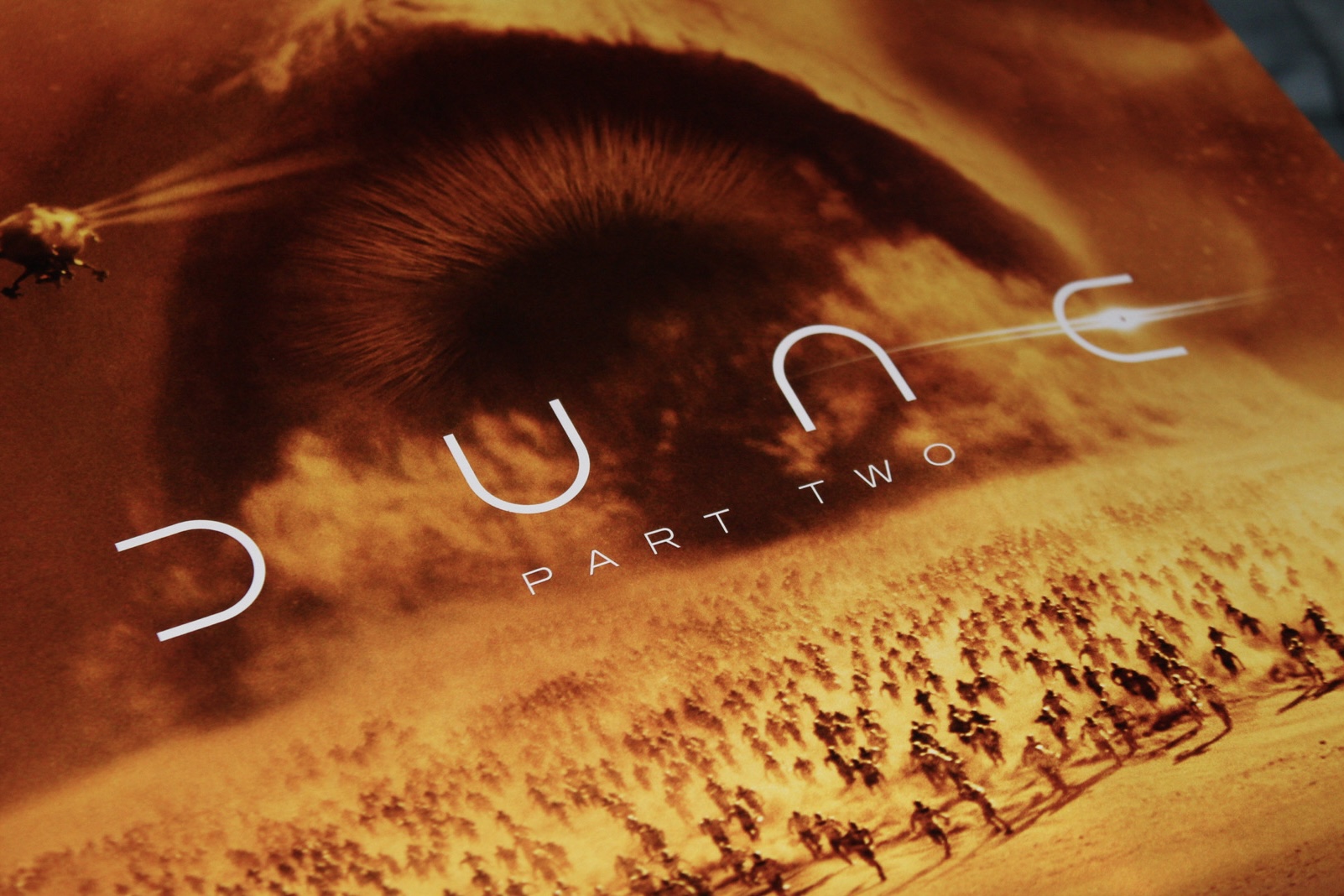Denis Villeneuve’s Dune: Part Two is a cinematic masterpiece
The newest Dune instalment will go on to define a new generation of blockbusters.
Frank Herbert’s Dune is notorious for being difficult to adapt to the screen. Countless attempts made over the years—from Ridley Scott and David Lynch to Alejandro Jodorowsky’s 14-hour film—fell short under the weight of the source material. That was until Denis Villeneuve made it a reality in 2021. As Dune: Part One was met with box office success, Villeneuve’s challenge lay ahead: the sequel. In cinema, the sequel is the catalyst determining whether a series continues or fades away into obscurity.
Dune: Part Two is a work that will mark a turning point in visual storytelling.
I don’t say this lightly. Much of everything about Dune: Part Two wasn’t said lightly. In fact, it boomed. Villeneuve certainly has a sci-fi masterpiece on his hands, with Oppenheimer director Christopher Nolan likening it to The Empire Strikes Back, huge praise for a film already so heavy with expectation.
What made Villeneuve such a good fit for this endeavour was that Dune was no momentary fascination for him: he had been storyboarding it since he was a teenager. This shines through in the minimalistic approach to convincing world-building; the world feels lived in, ancient. From the start, Villeneuve intended for Dune: Part Two to be a cinematically charged experience, teaming up again with cinematographer Greig Fraser.
Where Dune: Part One showed us a glimpse of the planet, Caladan, the once fiefdom of House Atreides, Part Two takes us to the plastic Harkonnen planet of Giedi Prime, where the black sun devours all colour. In recent years, it has become popular for filmmakers to interweave scenes of colour with black and white, usually to move the audience between timelines. The black and white of Dune: Part Two had none of this nostalgia. Rather, it was alien and uncanny. The effect, created through infrared cameras, allowed for the whites to have a milky quality while the blacks appeared slick, and tar-like; it was brilliant.
The planet of Giedi Prime is also where we’re first introduced to Austin Butler’s portrayal of Feyd Rautha. Let’s not pretend we haven’t seen the jokes about Butler being stuck with the Elvis voice, but he is an actor keenly aware of the power of voice as a tool. He becomes a shapeshifter through it, so much so that he could morph to sound exactly like Stellan Skarsgård, the Baron and his character’s uncle. I believe we’re only beginning to see the surface of Butler’s abilities.
The cast was star-studded, whether the returning, the newcomers, and those implied to join if another sequel is green-lit. Timothée Chalamet, alone, may have given the performance of a lifetime, transforming the timid character of Paul Atreides into a potential messiah and doing so while conveying the grim reality of his character. Dave Bautista, a former professional wrestler, gives a performance that stands up to those of classically trained actors like Gary Oldman or Christian Bale. Another honourable mention is Javier Bardem, having brought a natural comedy to his character; I had trouble believing this was the same man who played Anton Chigurh in No Country for Old Men.
Fans were ecstatic to see Florence Pugh join the cast as Princess Irulan, a character that readers of the series are well acquainted with, but were surprised by her limited screen time. Villeneuve stated that he plans to take a similar approach with Pugh as he did with Zendaya, saying, “I just introduced her in ‘Part Two’ and if there’s a ‘Dune: Messiah,’ she becomes one of the main characters.” Given the achievement of Dune: Part Two, I am confidently looking forward to Villeneuve’s expansion of the Dune series. No matter how psychedelic it may get down the line (referencing worm-god-man Leto II), I welcome it with open arms.


One of the greatest films ever made. A billion dollars is not enough for Yueh!